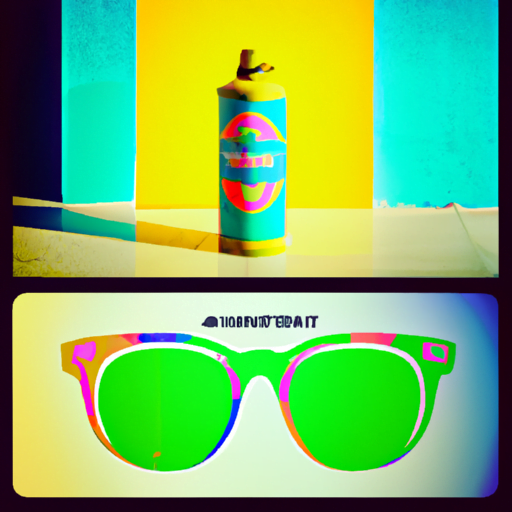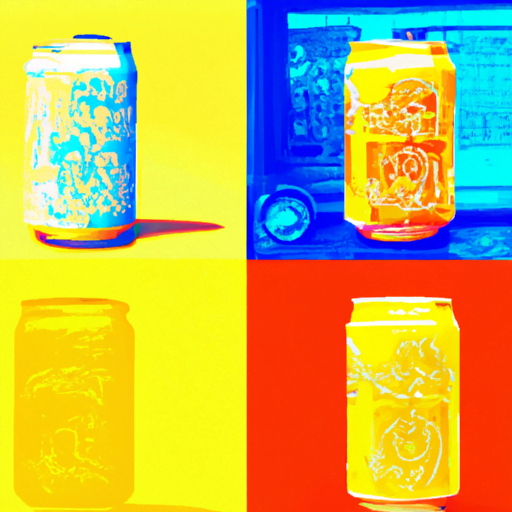
-
Table of Contents
The Impact of Street Culture and Urban Lifestyle on Design

Design is a reflection of the society in which it exists. It is influenced by various factors, including cultural, social, and economic aspects. One of the most significant influences on design in recent years has been street culture and urban lifestyle. Street culture encompasses a range of elements, such as graffiti, street art, fashion, music, and more. This article explores the impact of street culture and urban lifestyle on design, highlighting its influence on various design disciplines and providing valuable insights into this dynamic relationship.
The Rise of Street Culture
Street culture emerged in the late 20th century as a response to the urban environment and the social issues faced by marginalized communities. It provided an outlet for self-expression and creativity, allowing individuals to reclaim public spaces and challenge societal norms. Graffiti, one of the most prominent forms of street culture, became a powerful medium for artists to communicate their messages and establish their presence in the urban landscape.
Over time, street culture evolved and expanded beyond graffiti, encompassing various art forms, fashion trends, music genres, and more. It became a subculture that thrived in urban environments, influencing mainstream culture and eventually finding its way into the world of design.
The Influence on Graphic Design
Street culture has had a profound impact on graphic design, transforming it into a vibrant and dynamic discipline. The bold and expressive nature of street art has influenced the use of color, typography, and composition in graphic design. Designers have embraced the raw energy and visual language of street culture, incorporating graffiti-inspired elements into their work.
For example, renowned graphic designer Shepard Fairey, known for his iconic “Hope” poster during Barack Obama’s presidential campaign, drew inspiration from street art and punk rock aesthetics. His work combines bold typography, striking imagery, and political messages, reflecting the rebellious spirit of street culture.
Moreover, street culture has also influenced the design of logos and branding. Many streetwear brands, such as Supreme and Stüssy, have gained popularity by incorporating street culture elements into their logos and designs. These brands have successfully tapped into the urban lifestyle and created a strong connection with their target audience.
The Impact on Fashion Design
Street culture has had a significant impact on fashion design, blurring the lines between high fashion and streetwear. The rise of streetwear brands, influenced by urban lifestyle and street culture, has disrupted the traditional fashion industry and challenged its conventions.
Streetwear brands like Off-White, Palace, and A Bathing Ape have gained a cult following by embracing the aesthetics and values of street culture. Their designs often feature bold graphics, oversized silhouettes, and a mix of high and low cultural references. These brands have successfully tapped into the desires of the younger generation, who seek authenticity and self-expression through their clothing choices.
Furthermore, street culture has also influenced luxury fashion brands. High-end designers, such as Louis Vuitton and Gucci, have collaborated with street artists and incorporated street culture elements into their collections. This collaboration between street culture and luxury fashion has not only brought a fresh perspective to the industry but also made high fashion more accessible and relevant to a wider audience.
The Influence on Product Design
Street culture has also made its mark on product design, transforming everyday objects into cultural artifacts. Designers have drawn inspiration from street culture to create products that resonate with the urban lifestyle and reflect the values of the street culture movement.
Skateboarding, a popular activity within street culture, has influenced the design of skateboards and related products. Brands like Supreme and Palace have collaborated with skateboard companies to create limited-edition skateboards that feature unique graphics and designs. These collaborations have not only elevated the status of skateboarding but also turned skateboards into collectible art pieces.
Additionally, street culture has influenced the design of sneakers, a staple in urban fashion. Sneaker collaborations between streetwear brands and athletic footwear companies have become highly sought after. These collaborations often feature unique colorways, materials, and design details that reflect the aesthetics of street culture.
The Impact on Interior Design
Street culture has also found its way into interior design, transforming spaces into immersive environments that reflect the urban lifestyle. The raw and gritty aesthetics of street art have been incorporated into interior design through graffiti-inspired murals, exposed brick walls, and industrial materials.
Furthermore, street culture has influenced the design of retail spaces. Streetwear stores often feature industrial-inspired interiors, with exposed concrete, metal fixtures, and graffiti-covered walls. These design choices create an authentic and immersive shopping experience that resonates with the target audience.
The Future of Street Culture and Design
Street culture and urban lifestyle will continue to have a significant impact on design in the future. As cities evolve and urban environments change, designers will draw inspiration from street culture to create innovative and relevant designs.
Moreover, the influence of street culture on design extends beyond aesthetics. It represents a mindset and a way of life that values self-expression, creativity, and individuality. Designers will continue to embrace these values and incorporate them into their work, creating designs that resonate with the aspirations and desires of the urban population.
Conclusion
Street culture and urban lifestyle have had a profound impact on design across various disciplines. From graphic design to fashion design, product design to interior design, street culture has transformed the way we perceive and interact with design. It has brought a fresh perspective, authenticity, and a rebellious spirit to the design world.
As street culture continues to evolve and influence mainstream culture, designers will need to stay attuned to its trends and values. By embracing the raw energy and creativity of street culture, designers can create designs that are not only visually appealing but also resonate with the desires and aspirations of the urban population.
In conclusion, the impact of street culture and urban lifestyle on design is undeniable. It has shaped the aesthetics, values, and mindset of contemporary design, making it more dynamic, diverse, and relevant. As design continues to evolve, street culture will remain a powerful force that inspires and challenges designers to push boundaries and create designs that reflect the spirit of the streets.
